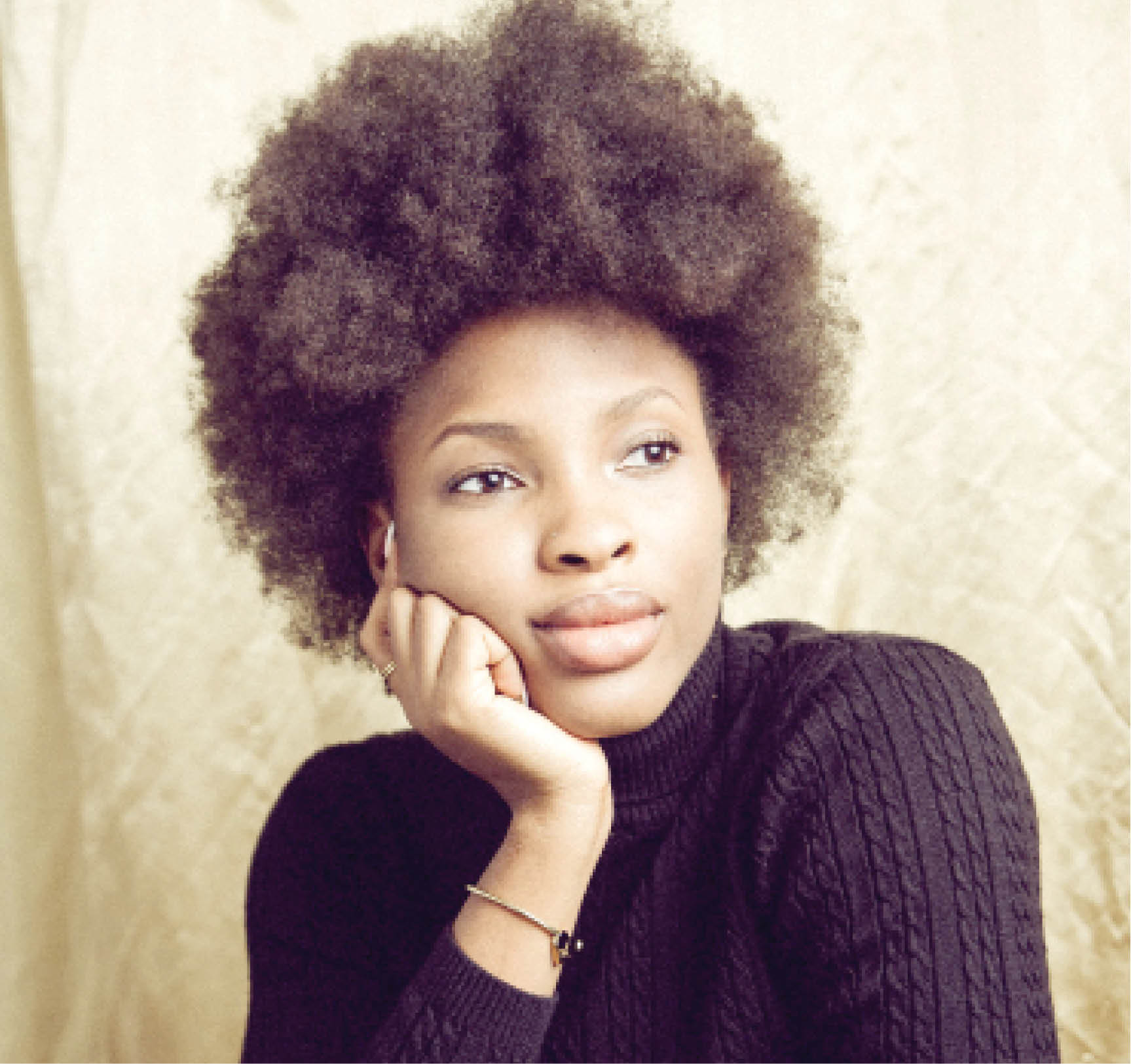Renike is an artist who particularly loves painting black women. She has a degree in Visual Arts with specialty in Graphic Design from the University of Lagos. She worked as a designer for about three years before she became a freelance artist. Here, she talks about her inspiration, why she focuses on black women, and more. Excerpts:
Why does your work focus on black women?
I love painting black women because we are often under-represented, especially dark-skinned black women and African albino women. I think this is because of the influence of colourism in our society and the pressure to embrace European beauty standards. I also think black women are extremely beautiful.
- Moves to get Jonathan into 2023 presidential race intensify
- Uncertainty as IGP Adamu retires on Monday

There is a smoothness to your work that makes it irresistible to look at. What’s your drawing and painting process like?
Thank you. There is usually a phase where I gather ideas. I have a mood board that contains images that I find interesting, that inspire me, has the vibe or aura that I like to portray in my artworks. I write down my ideas and usually daydream about them for days, before I execute them. My artworks are heavily inspired by reality, black women, and random tweets or texts I come across. In the execution phase, sometimes I start with a sketch first, then proceed to colouring and, at other times, I just paint straight till the ideas I have come to life or looks satisfactory to me.
What has it been like being a Nigerian freelance artist?
It’s been okay. My first year was my toughest because I tried to establish my brand and gather a client base, but it’s getting better with time. I still experience challenges with internet, electricity, and so on, but I don’t think that is particular to me. It’s a general issue. It’s also challenging when it comes to receiving payment from international clients or establishing a trustworthy relationship with international clients because Nigerians have a reputation for being scammers. It’s one of the many things creatives within Nigeria get to face because of the yahoo boys. They have spoilt a lot of things for us. I have missed a lot of opportunities because of the reputation they have given Nigerians, and it’s sad and upsetting.
Your prints are available for sale on your website. How lucrative has the business been so far?
It’s been moderately lucrative. There are active periods where a lot of people shop for prints and there are periods where no one shops. But that’s mostly my fault. I realised that the more I advertise my prints and talk about them the more they sell. In periods where I do not talk about them, there is no awareness, so they don’t sell.
How would you describe your experience as an artist so far?
I would describe it as an exciting and interesting one. I plan to do this for the rest of my life and I cannot wait to see how my style evolves over time and how much I can learn throughout my career as an artist. I’m excited about exploring opportunities I’m familiar with and those I’m not.
When and how did art become a part of your life?
Art has always been a part of myself. I come from a family of creatives, so it’s a normal thing. I cannot particularly tell when I started being art-conscious. I don’t even remember.
What do you remember the most about the very first professional artwork you put out?
I remember it got a lot of good feedback. Of course, I was nervous about putting it out there, but I did it anyway.
Which of your work is closest to your heart and what was it like making it?
The work titled ‘She will not be silent. She will never be silenced’. It took a lot for me to create the artwork. I’m very active on Twitter and it can be a toxic place to be in sometimes. I remember during that period, I was exposed to a lot of rape and abuse stories from women. It was “Justice for this person and that person” and I was overwhelmed and greatly inspired. I was sad, but seeing women fight and protest online against unfair treatment was so inspiring. My thought process was “when a woman goes down, there are 100 women that will get up and fight for her.” It was such an emotional piece for me. At first, I couldn’t bring myself to create because I was emotionally exhausted. When I finally got the courage and strength to create, it burned through me. It was fire. I’m glad I was able to express myself and paint something that showed my thought process and emotions.

 Join Daily Trust WhatsApp Community For Quick Access To News and Happenings Around You.
Join Daily Trust WhatsApp Community For Quick Access To News and Happenings Around You.


